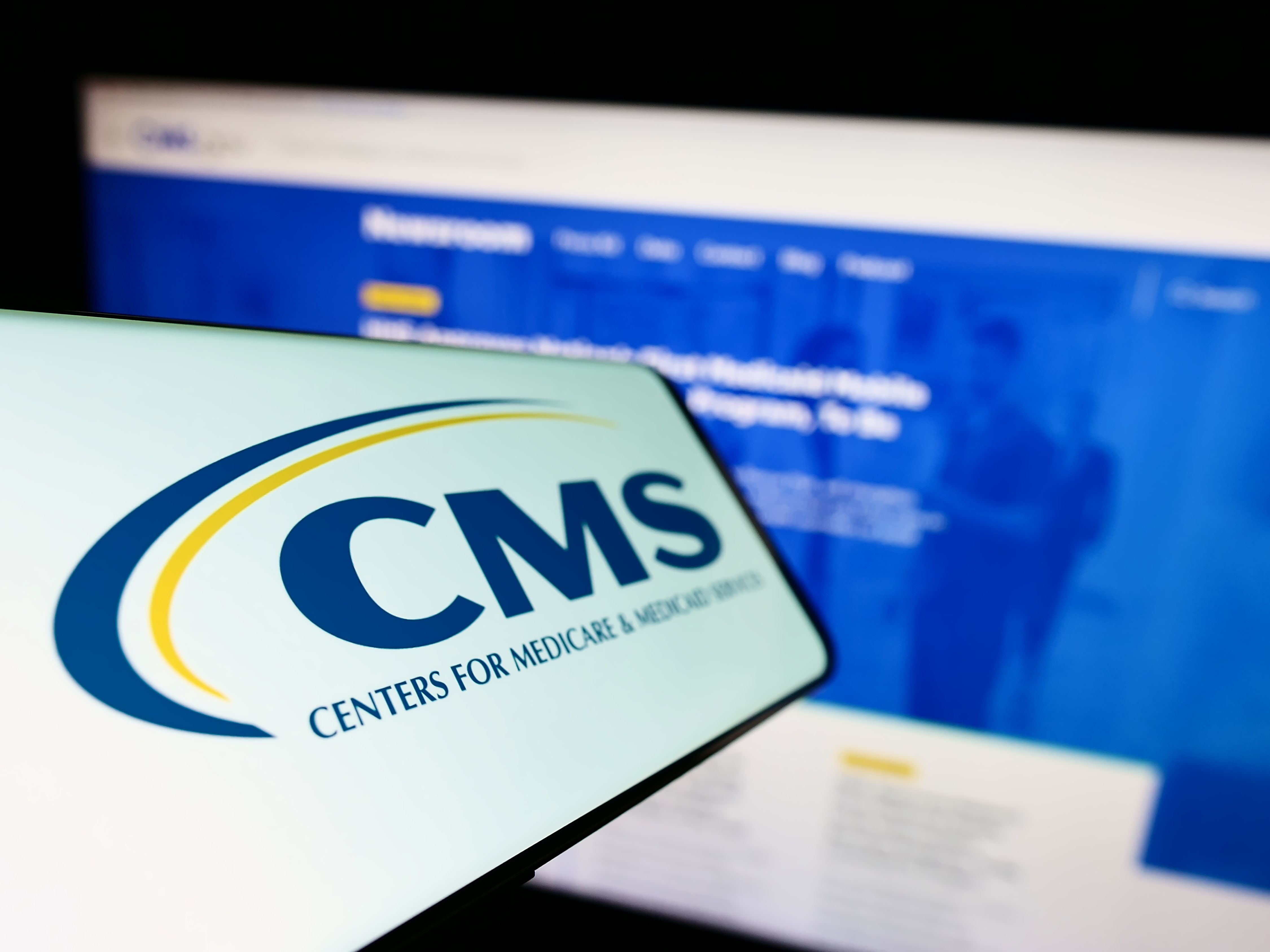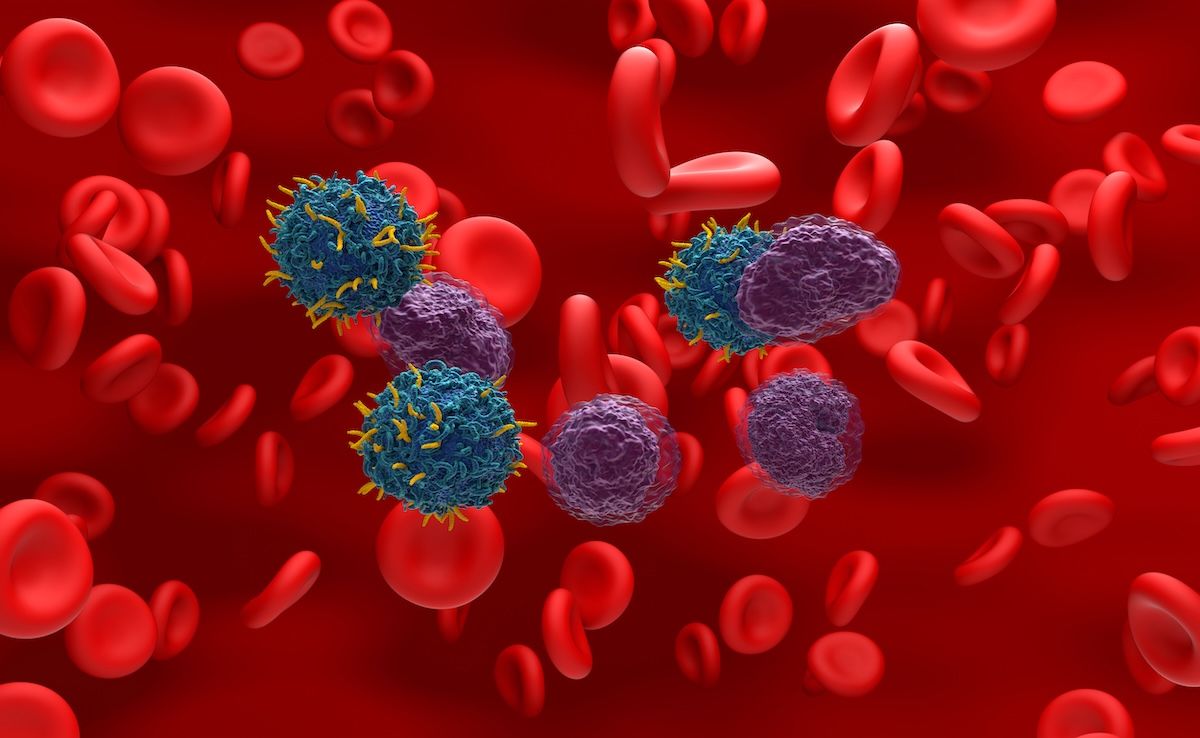Article
Overall US Healthcare Spending Growth Slowed for Second Year, CMS Says
Author(s):
CMS actuaries reported Thursday that overall national healthcare spending growth slowed for the second year in a row, due to slower spending growth in every area: hospital care, physician and clinical services, and retail prescription drugs. The slower pace also stemmed from the expanded coverage effects of the Affordable Care Act taking root in 2014 and 2015 and then falling off, as well as the decrease in usage of hepatitis C prescription drugs.
CMS actuaries reported Thursday that overall national healthcare spending growth slowed for the second year in a row, due to slower spending growth in every area: hospital care, physician and clinical services, and retail prescription drugs. The slower pace also stemmed from the expanded coverage effects of the Affordable Care Act (ACA) taking root in 2014 and 2015 and then falling off, as well as the decrease in usage of hepatitis C prescription drugs.
The report, which was published online in Health Affairs, said healthcare spending grew at a rate of 3.9% to $3.5 trillion, or $10,739 per person. The 3.9% rate follows growth of 4.8% in 2016 and 5.8% in 2015, and falls back to the annual average rate during the period 2008 to 2013, which predated the ACA’s implementation and also included the last recession.
In addition, the rate of growth was also below what was expected in a 10-year projection report released earlier this year, which forecast that healthcare spending would increase 4.6% last year.
Part of the reason why growth slowed is because nominal gross domestic product (GDP) increased 4.2% (similar to the healthcare increase of 3.9%) from 2.7% a year earlier, so the 2 rates converged. As a result, the share of the economy devoted to healthcare in 2017 stabilized at 17.9%, essentially flat relative to what was seen in 2016 (18%).
In addition, spending growth slowed in 2017 for private health insurance and Medicaid, while Medicare spending remained relatively flat.
On a per capita basis, national health spending grew 3.2% in 2017, compared to growth of 4% in 2016. A deceleration in the residual use and intensity of goods and services was a primary factor in the overall slowdown, increasing 1.1% in 2017, compared with 2.1% in 2016.
“Prior to the coverage expansions and temporary high growth in prescription drug spending during that same period, health spending was growing at historically low rates,” said Anne Martin, an economist in the Office of the Actuary at CMS and lead author of the Health Affairs article. “In 2017, health care spending growth returned to these lower rates and the health spending share of GDP stabilized for the first time since 2013.”
The report also said that slower growth in use and intensity may have been affected by slower growth in overall health insurance enrollment, as the percentage of those with insurance ticked slightly downward, from 91.1% in 2016 to 90.9% last year. On a call with reporters to discuss the results, the authors of the report said they could not make future predictions for the coming year, or if that trend would continue.
Today's report was released on the same day CMS released the latest enrollment numbers for the ACA individual marketplace. The report showed that fewer people are enrolling in exchange insurance compared with last year. The enrollment period ends December 15.
While use and intensity of all parts of healthcare slowed, price in some sectors did not, the report said. Medical price growth accelerated slightly, increasing 1.6% in 2017 compared with 1.3% in 2016, because of faster underlying inflation.
By payers, the annual report found that:
Private health insurance (PHI) grew 4.2%, reaching $1.2 trillion in 2017. PHI accounted for 34% of total national health spending; PHI spending increased 4.2% in 2017, slower than the growth of 6.2% in 2016. Factors behind the slowdown included slower growth in medical benefits and a decline in fees and taxes resulting from the suspended collection of the health insurance plan fee in 2017. Enrollment in PHI also slowed slightly, increasing 0.2% in 2017 compared with growth of 0.4% in 2016. On a per enrollee basis, PHI spending increased 4% in 2017, which was lower than the previous 2 years.
Medicare spending grew 4.2% to $705.9 billion in 2017, accounting for 20% of total healthcare expenditures. It was about the same rate in 2016 and 2017. Per Medicare enrollee, spending growth increased 1.7% in 2017, similar to the 1.6% growth rate in 2016. Fee-for-service Medicare spending accounted for two-thirds of overall Medicare spending in 2017 and increased 1.4%, slowing from 2.6% in 2016. Medicare Advantage, which the Trump administration has been promoting heavily, increased 10% in 2017 following growth of 8.1% in 2016.
Medicaid expenditures grew 2.9% to $581.9 billion in 2017. Medicaid spending growth slowed for the third straight year, increasing 2.9% in 2017 compared with 4.2% in 2016. Medicaid makes up 17% of total national health expenditures. The slower growth came from a lag in enrollment growth, from 3% in 2016 to 2% in 2017. The report noted that Medicaid supplemental payments to hospitals continued to fall in 2017.
In addition, last year states that expanded Medicaid to eligible adults were required to fund 5% of the costs. In previous years the costs were fully funded by the federal government. Medicaid state and local spending grew 6.4% in 2017, faster than the federal spending growth rate of 0.8% in 2017. Federal spending growth was helped in part because of payments recovered from Medicaid managed care plans. The last time that state and local spending increased more rapidly than federal spending was in 2012, the report said.
By goods and services, the report found that:
Hospital spending grew 4.6% to $1.1 trillion in 2017. That is below growth of 5.6% in 2016 and 4.6% in 2017. There was slower growth in use and intensity of goods and services, due primarily to slower growth in outpatient visits. Price growth for hospital services, however, ticked upward by 1.7% compared with a 1.2% gain in 2016.
Physician and clinical services grew 4.2%, reaching $694.3 billion last year, below a growth rate of 5.6% in 2016 and 4.2% in 2017. Spending growth for clinical services (5%) outstripped growth for physician services (3.9%), due to the influence of outpatient care centers.
Retail prescription drug spending grew 0.4% to $333.4 billion in 2017. Growth in spending for retail prescription drugs increased 0.4% in 2017, the slowest rate of growth since 2012, when a large number of blockbuster drugs lost patent protection, driving down prices and total spending. In 2017, the number of prescriptions dispensed fell, driven in largely by a drop in the number of opioid prescriptions. The shift to lower-cost generic drugs continued, and there was slower growth in the volume of some high-cost drugs, such as for hepatitis C, now that most of those patients have been cured.
In addition, out-of-pocket spending by consumers grew 2.6% to $365.5 billion in 2017, below the 4.4% seen in 2016.

Navigating Sport-Related Neurospine Injuries, Surgery, and Managed Care




